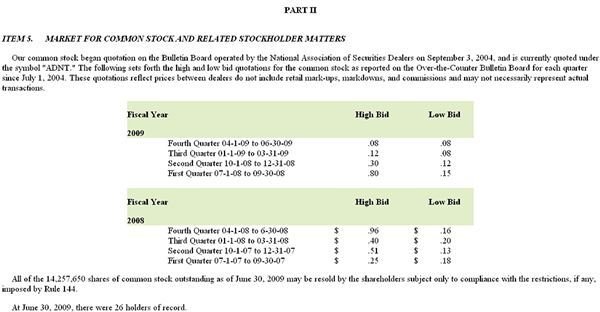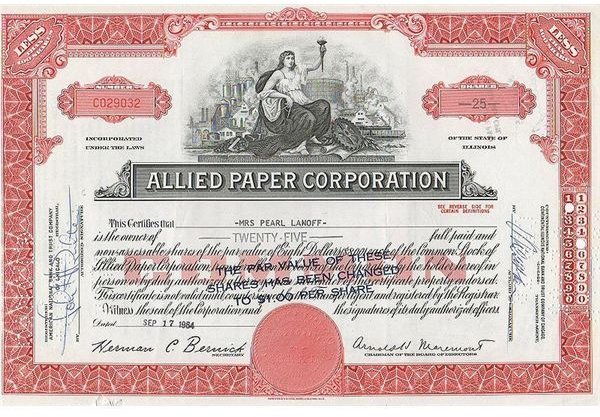Risks vs. Reward: Investing in Class A Stocks
Types of Stock
When a company is formed and decides to issue stock, there is a decision made about what types of stock to create. While not an exact science, companies typically structure stock issuance in the following manner:
Treasury Stock - This is a specific number of shares held by the company. Most companies use this stock as a method of avoiding take over by another company. Sometimes a company needs cash for new equipment or other capital expenditure. In this instance, the treasury stock is sold to new or existing investors. Treasury stock may also be comprised of shares that are repurchased from shareholders. This is common if a company decides to reduce its shareholder base.
<strong>Preferred Stock</strong> - When a company issues preferred stock, it is generally considered non-voting stock. This is in return for a guaranteed return on investment. Preferred stock pays a guaranteed percentage of dividends for as long as the shareholder owns the shares. Depending on the classification, some Preferred Stock also has a feature that allows the shareholder to convert preferred stock to common shares. This is known as “convertible preferred shares.” In addition, if the company were to close, the preferred stockholders are paid before common shareholders.
Common Stock - The most used type of stock is common stock. This class of stock is generally priced lower than preferred stock and dividends must be declared by the company. Unlike preferred stock, common stock does not carry any guaranteed rate of return. In most cases, common stock allows the shareholder one vote for each share (or as otherwise agreed to by the company). Fractional shares are often accumulated using DRIP programs (dividend reinvestment programs).
Generally speaking, Common Stock is the only stock that is divided into Class A and Class B shares. Investors should understand the various types of stocks and the classes before deciding whether choosing Class A stocks is right for them.
Class A vs Class B Stocks

Common stock typically carries voting rights. This means that a shareholder has the right to vote on certain issues that impact the company. These votes may be for board of director members, stock splits or other matters that impact the company. When a company decides it wishes to offer two classes of stock, typically, the stock is considered Class A and Class B.
The most significant difference in these shares is the voting rights attached to them. Provided that a company declares a dividend, common stock shareholders are usually entitled to receive unlimited declared dividends. This is one of the major differences between common and preferred shareholders - preferred shareholders are limited to the return they may earn.
This leaves the shareholder wondering if they should be choosing Class A stocks or invest in Class B stocks. This largely depends on the company. Class A stocks generally carry additional voting rights over Class B stocks. However, this is not true for all companies. For those who are uncertain how Class A or Class B stocks differ, one of the best known companies that offer both classes is Berkshire Hathaway.
As of the close of the stock market on Friday, 2/25/2011 BRK.A (Class A Common shares) were selling at $127,550.00 per share. BRK.B (Class B Common shares) were selling at $84.87 per share. Neither of these classes pays a dividend. According to a Berkshire Hathaway memo, “Berkshire Hathaway Inc. has two classes of common stock designated Class A and Class B. A share of Class B common stock has the rights of 1/30th of a share of Class A common stock except that a Class B share has 1/200th of the voting rights of a Class A share (rather than 1/30th of the vote).”
As you can see, making the decision between choosing Class A stocks versus Class B stocks requires the investor to carefully review the information available about the stock. This is the only way a savvy investor can make an informed decision.
Resources
Sources:
Yahoo Finance
Author’s personal knowledge from working at Broker/Dealers for more than 15 years
Image Credits
- Allied Paper Stock Certificate via wikimediacommons/JMWinkworth
- Allied Paper Common Stock Certificate via wikimediacommons/JMWinkworth
- Shareholder Records via wikimediacommons/public domain
